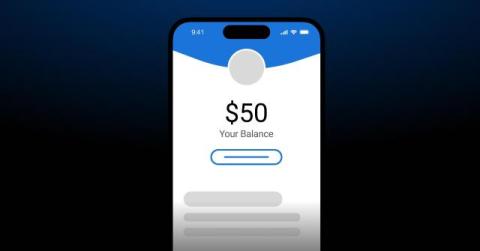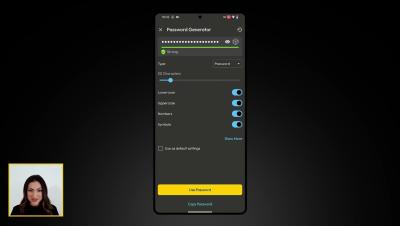Is Venmo Safe?
Yes, Venmo is generally safe to use; however, there are always risks when using the mobile payment app. Some risks you should be aware of include Venmo scams, account compromises and data breaches. Typically, people use Venmo to pay friends back when they owe money or split the bill at a restaurant. Although Venmo allows you to send and receive money, it is much safer to use the app when transactions are made with people you know and trust.











